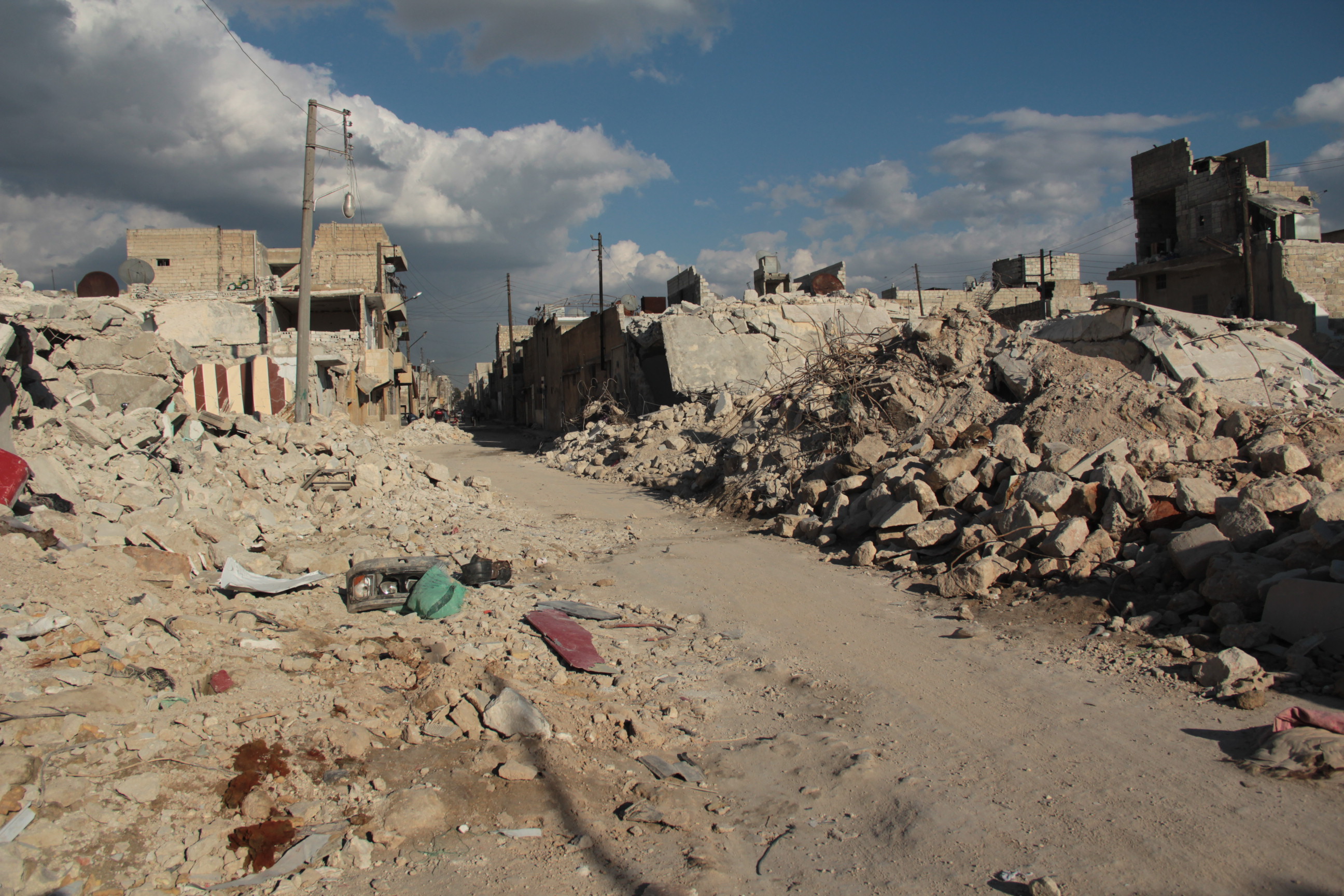 News
NewsMore than 306,000 Syrian civilians were killed between March 2011 and March 2021, according to new estimates released Tuesday by the UN Office of the High Commissioner for Human Rights (OHCHR). According to the latest findings, civilians represent an overwhelming majority of the estimated 350,209 total deaths identified since the start of the civil conflict.
In a statement, UN High Commissioner for Human Rights Michelle Bachelet condemned the violence and emphasized the severity of the situation, saying:
The conflict-related casualty figures in this report are not simply a set of abstract numbers, but represent individual human beings. The impact of the killing of each of these 306,887 civilians would have had a profound, reverberating impact on the family and community to which they belonged. … And let me be clear: these are the people killed as a direct result of war operations. This does not include the many, many more civilians who died due to the loss of access to healthcare, to food, to clean water and other essential human rights, which remain to be assessed.
According to the report, these numbers indicate that more than 1 percent of Syria’s pre-war population has been killed as a result of the conflict. This is compounded by estimates from the World Bank that more than half the country’s pre-war population has been displaced. According to the World Bank prior to the war “extreme poverty in Syria ($1.90 2011 PPP [purchasing power parity] per day) was virtually inexistent. It is now affecting more than 50 percent of the population.”
The devastating effects of the war have been spread inconsistently across the country based on which group is in power in an area. In a map released by the Carter Center, the Center identified areas ruled by various organizations, and highlights the impacts of these de facto regimes.

